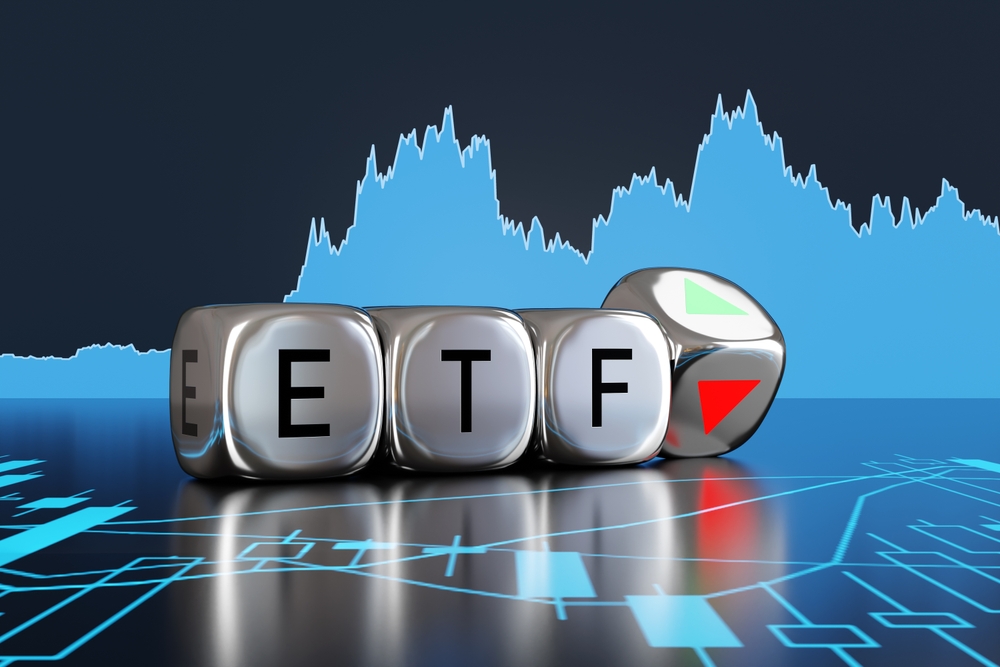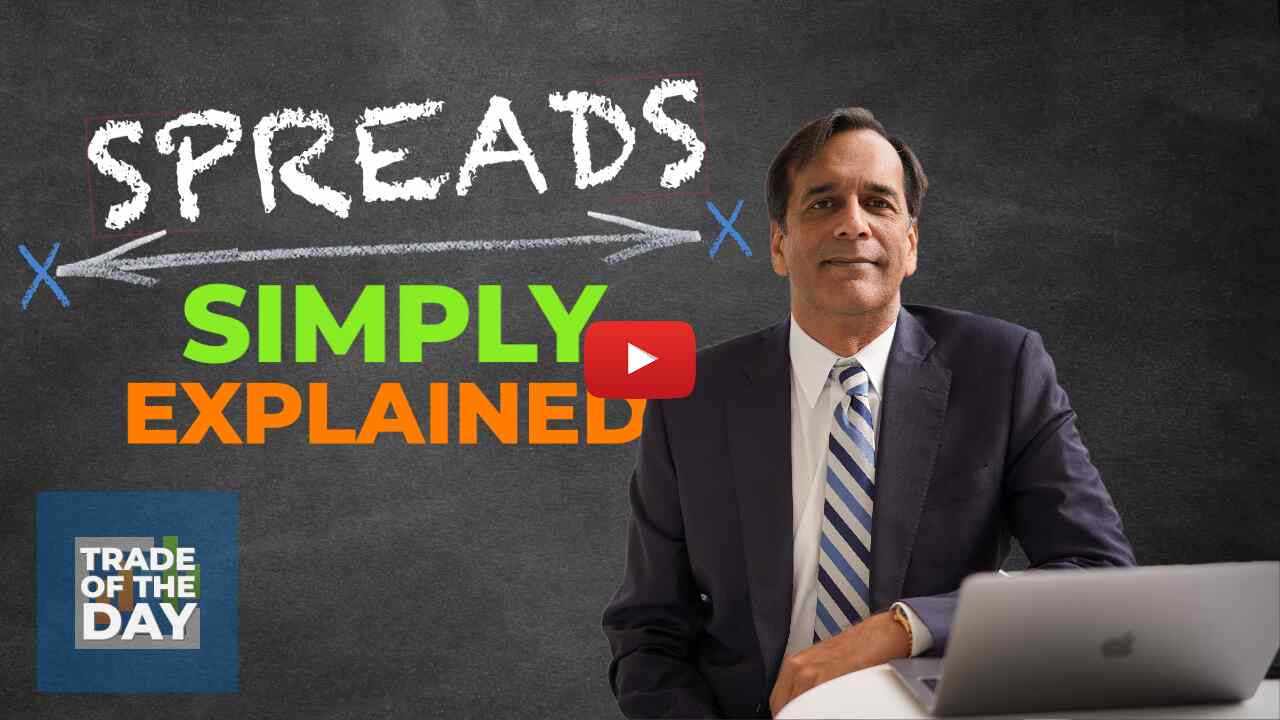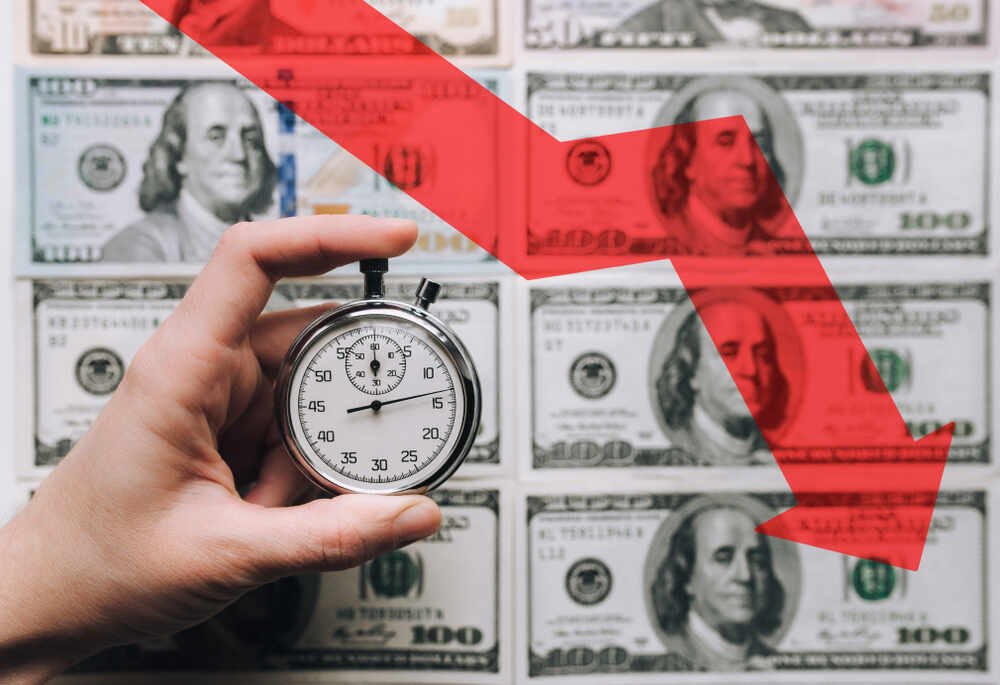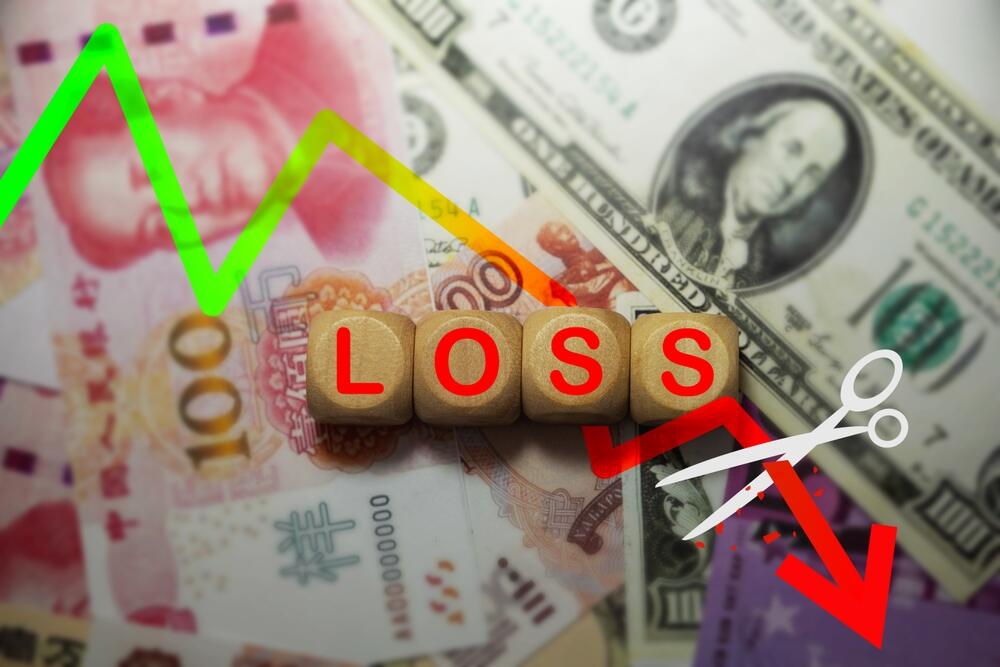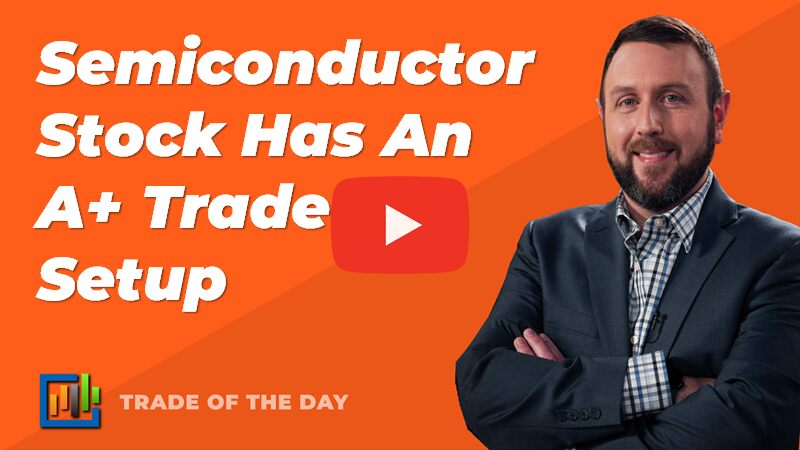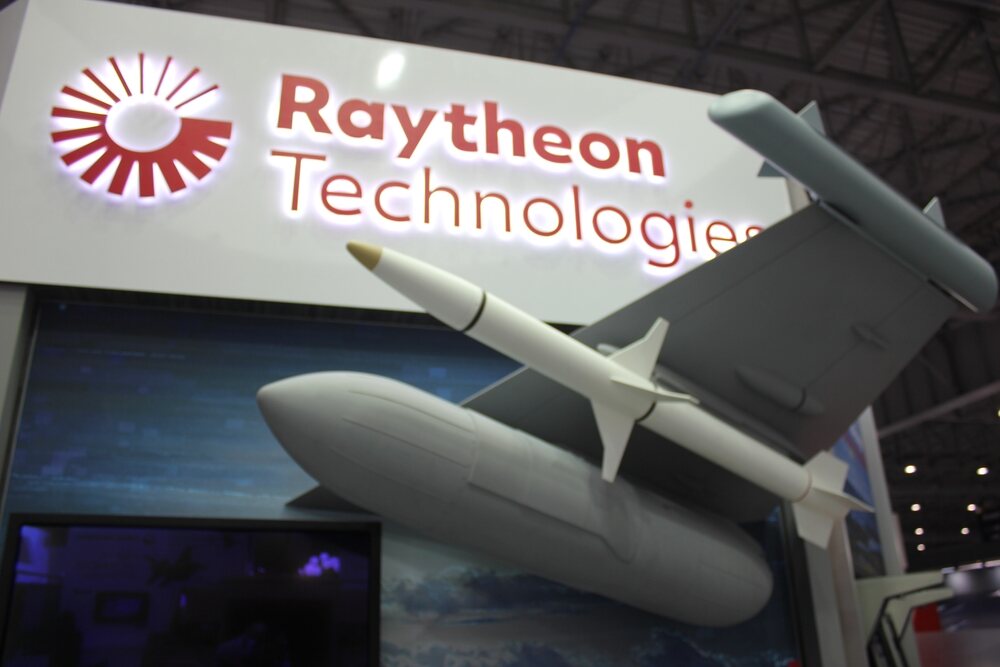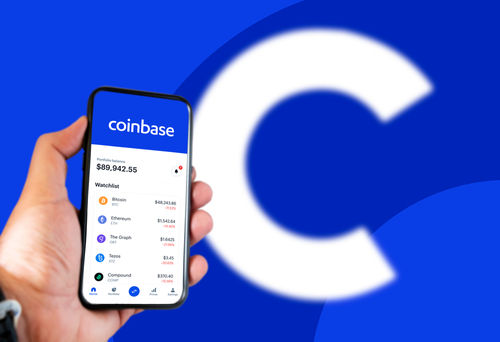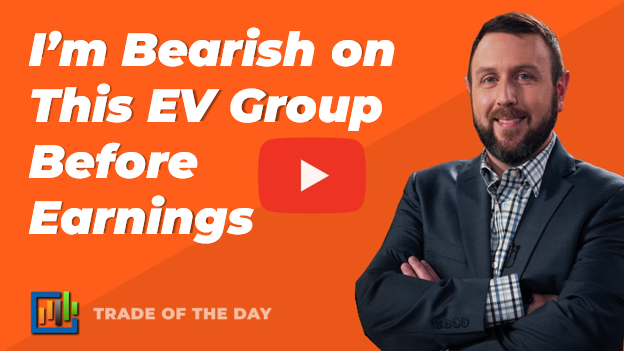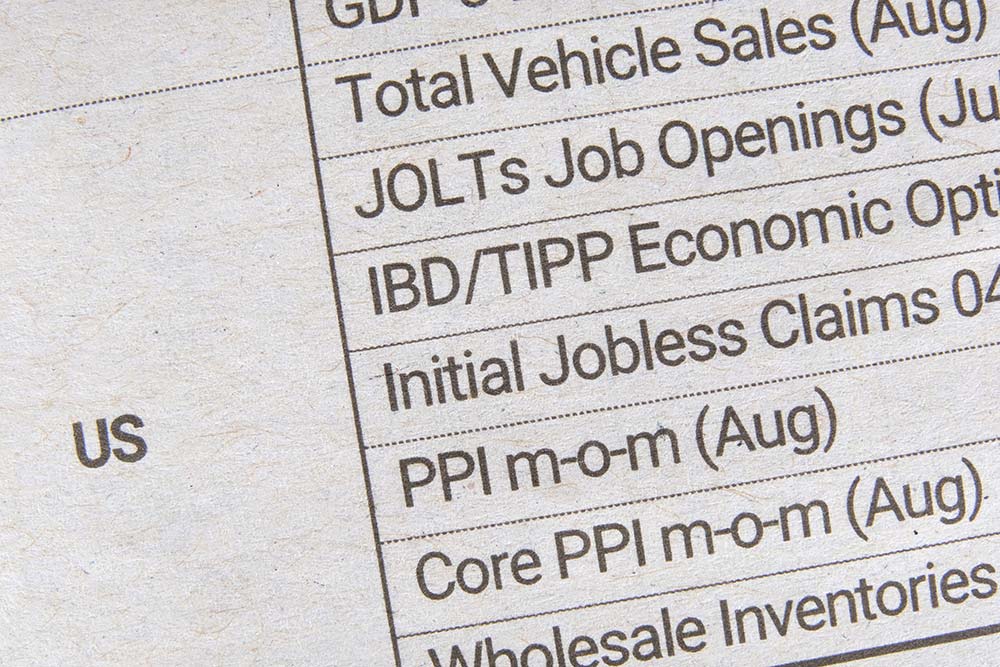How to Trade Nvidia Right Now…
I know a lot of folks out there are afraid to trade a stock like Nvidia.
They can’t imagine buying a stock that’s doubled to a +$1 Trillion market cap in just a few months.
Yet, betting against it seems foolish.
It might feel like you’re a bear trying to walk on a tightrope.
But it’s actually much easier than you think…

…and probably a lot safer.
You see, I’ve managed to trade Nvidia multiple times over the past two weeks, with several positions which doubled.
Because once my Stock Acceleration Monitor AI software identified a fantastic multi-timeframe setup in Nvidia…

…I knew how to structure my trade based on the setup.
That is I knew where to place my entries, my exits, and how to size my trade in a way that makes sense.
And that’s what I want to show you how to do today.
Once you see how it’s done, you’ll be able to apply this methodology to any symbol at any time.
Size, Entry, and Exit
I always tell folks that entries are a dime a dozen. It’s the exits where the money is made.
That’s true…but incomplete.
It’s about where the entry, the profit target, and the stop loss are relative to one another.
Let me give you an example.
This was the chart for Nvidia I was working off of on March 21 when I started to build a position in the April 5th $1050 calls that I was able to double.

I want to start by breaking apart a trade into two parts: the setup and execution.
This is the setup. And the setup goes before the execution.
During the setup portion, I’m leaning on my Stock Acceleration Monitor to help me find the A+ setups.
My A+ setups work like this:
- Clear bullish TREND pushing the stock higher in a longer-term perspective
- Consolidation PATTERN where the price range is contracting near the highs
- SQUEEZE signal when the Bollinger Bands move inside the Keltner Channel
- An EMA STACK where the 8, 21, ane 55-period exponential moving averages are on top of one another in order (IE the 8 is over the 21 which is over the 55).
As the image showed earlier, there were A+ setups on the 195-minute and 130-minute timeframes for Nvidia.
This is the setup.
The execution is how you design the trade for that setup.
Let’s dig in a little deeper to the 195-minute chart.
Using the pattern I identified, the high was $974.00 and the low was $841.66.
At worst, I want to stop out if the stock starts closing below $841.66.
Some quick math says the midpoint of the range is $907.83.
My first purchase was when the stock was closer to $925.
HOWEVER…as the stock pulled back I ADDED to this position, lowering my average price.
You see, I never know when I’m going to see a setup.
Once I do see them, the stock could be trading anywhere in that giant range. And even then I may wait a bit before jumping in.
So, I size my position based on where I start in that range, smaller when it’s higher and larger when it’s lower.
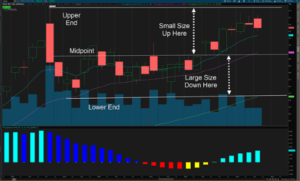
I want my size to be smaller the further away I am from my stop loss.
That way, I can add to the trade if the stock starts to drop.
If it makes it easier, you can think of everything in terms of the total amount you’re willing to risk.
So, if you are willing to risk $2,000, but you’re starting to build a position near the top, leave yourself room to add to that position if the stock drops.
If the stock happens to take off, then you lock in profits.
This is what we all know as “scaling” into a trade. And despite its simplicity, most folks who trade a stock like Nvidia start with a position size that’s too large and doesn’t give them the flexibility to add.
That’s why I’d err on the side of starting small. You never want to be in a position where you’re too uncomfortable to let the setup work.
Which brings me to a little secret I often talk about in the LIVE ROOM.
I tell folks to give yourself the gift of time.
These setups can take a while to work out.
So, as a rule of thumb, go out with your option expiration date about 2x-3x longer than you’d expect the trade to take.
That means if I’m working on the 195-minute timeframe, I want to pick an expiration about three weeks out.
No, you won’t make as much money if the stock suddenly and violently moves in your favor.
But it will give you the peace of mind necessary to let the trade work.
And Remember…
You have to focus on both finding high-quality setups and executing them properly.
Having one without the other is just gambling.
That said, you can make the first half easier on yourself with my Stock Acceleration Monitor.
This is one of the single greatest tools I’ve ever come across that makes locating the best setups fast and simple.
It’s both intuitive and works faster than anything I could do on my own.
Click Here to See How it Works for Yourself.
More from Trade of the Day
My Go-To Plays for Safety + Long-term Profits
Apr 26, 2024
My Favorite Way to Hedge Choppy Markets
Apr 25, 2024
The Story Behind My 10 Bagger on RILY
Apr 25, 2024
A Silver Lining From Last Week’s Underperformance
Apr 24, 2024
